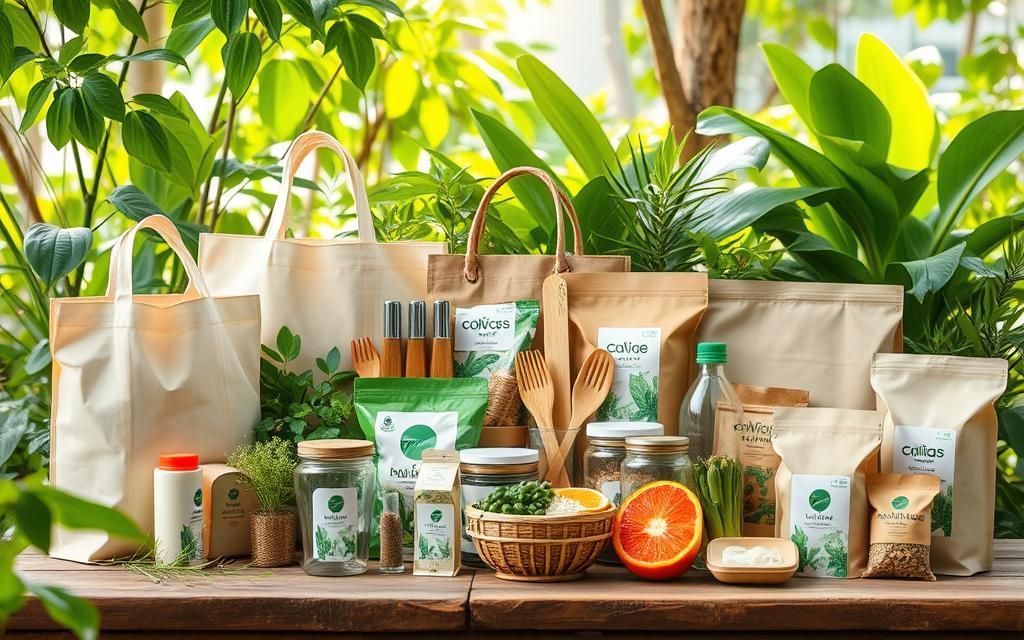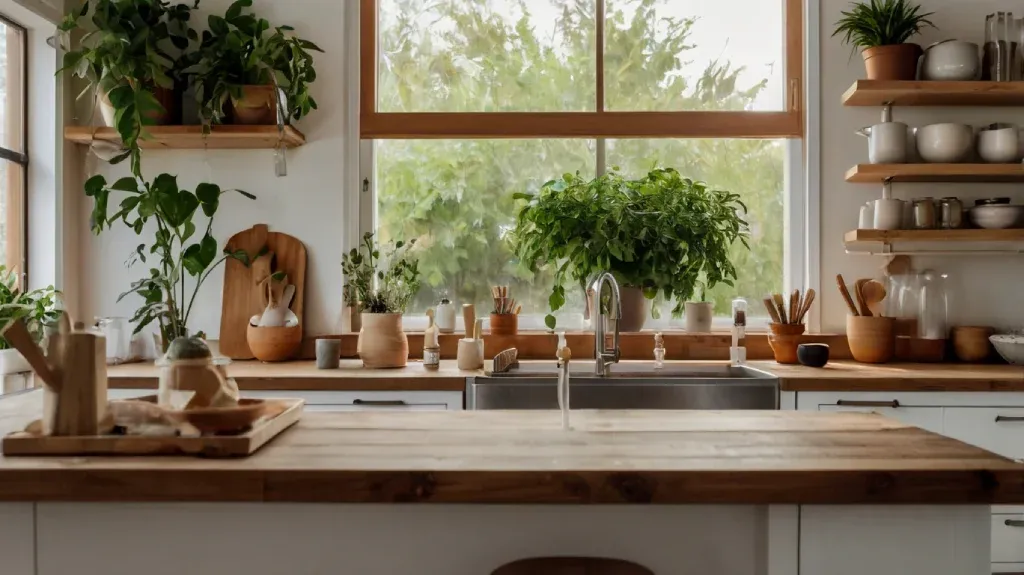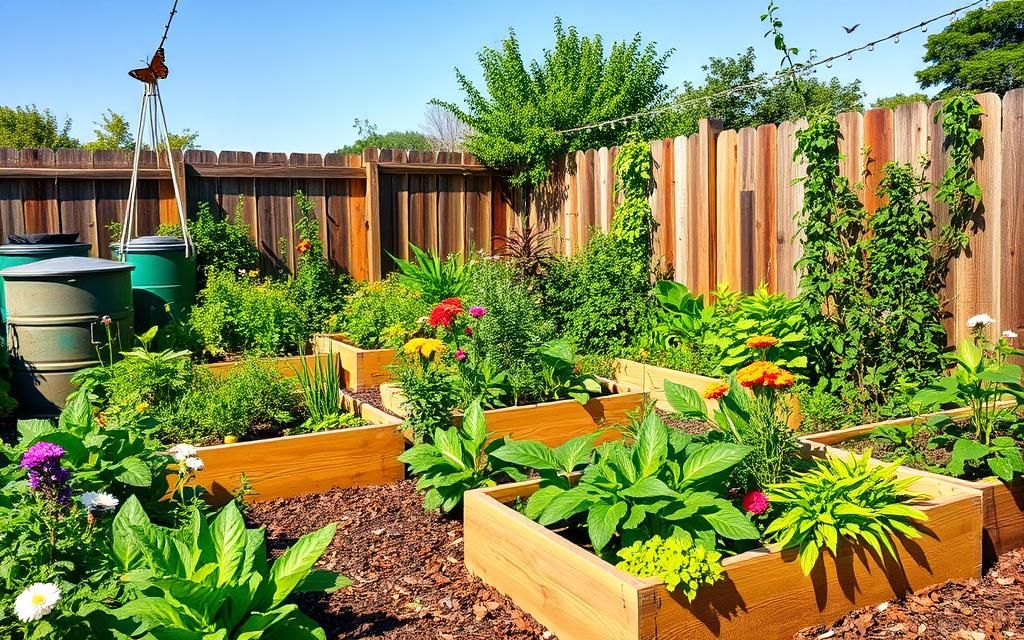Discover our curated selection of eco-friendly products that are good for you and the planet. Shop our sustainable environmentally-friendly products today!
Aboriginal Australian Cultures, Timeless Traditions
Our case study offers a unique glimpse into the remarkable Aboriginal Australian cultures. Immerse yourself in their timeless traditions and uncover the depth of their connection to the land.
Best Sustainable Cleaning Products: A Greener Way to Clean
Discover the best sustainable cleaning products to keep your home spotless while caring for the planet. Eco-friendly and effective solutions await! Do you ever wonder if your cleaning routine could do more harm than good? Traditional cleaning products often come with a hidden cost to the environment, contributing to pollution and waste. Thankfully, there’s a way to maintain a sparkling clean home without compromising on sustainability. Enter the world of best sustainable cleaning products. These eco-friendly solutions are designed to reduce environmental impact while delivering the cleaning power you need. Whether you’re already an eco-warrior or just starting your green journey, this guide will introduce you to some of the top choices available today. Ready to clean responsibly? Let’s dive in! Best Sustainable Cleaning Products Choosing the right products is about more than just performance; it’s about aligning with values that prioritize the planet. Here’s a detailed breakdown of the best sustainable cleaning products to elevate your cleaning game. 1. Blueland Clean Essentials Kit Blueland has become a household name for sustainable cleaning, offering a zero-waste solution for everyday messes. The Clean Essentials Kit is one of their flagship products, featuring refillable bottles and concentrated cleaning tablets that dissolve in water. Why It’s One of the Best Sustainable Cleaning Products Eco-Friendly Design: Blueland eliminates the need for single-use plastic bottles by providing durable, refillable containers. Non-Toxic Ingredients: The tablets are free from harsh chemicals like ammonia, phosphates, and parabens, ensuring a safe cleaning experience. Versatility: The kit includes cleaners for glass, multi-surface, and bathroom, covering all essential areas of your home. How It Works Using the Blueland system is simple: Fill the provided bottle with water. Drop in a cleaning tablet. Wait for it to dissolve, and you’re ready to clean! User Experience Users rave about the sleek design of the bottles, the fresh scents, and the satisfaction of reducing plastic waste. Whether you’re cleaning countertops, mirrors, or tiles, Blueland delivers effective results with an eco-conscious approach. 2. Grove Co. Multi-Purpose Cleaner Grove Co. combines plant-based power with an ethical business model to offer one of the best sustainable cleaning products on the market. Their multi-purpose cleaner is a versatile and reliable solution for every surface in your home. Why Choose Grove Co.? Plant-Based Ingredients: This cleaner relies on natural surfactants and essential oils to cut through dirt and grease. Carbon Neutral: Grove Co. offsets emissions from their manufacturing and shipping processes. Refillable Options: Concentrates minimize waste and reduce the environmental impact. Scents and Customization Grove Co. offers a range of delightful scents, such as lavender, lemon, and orange blossom, allowing you to personalize your cleaning experience. Customer Feedback Consumers appreciate the product’s cleaning power, subtle scents, and commitment to sustainability. Grove Co.’s subscription service also ensures you never run out of eco-friendly cleaning supplies. 3. Ecover All-Purpose Cleaner Ecover has long been a pioneer in the eco-friendly cleaning space, offering high-performance products that align with sustainable living principles. Their All-Purpose Cleaner is a standout product for those who value both effectiveness and environmental responsibility. Features That Make It Exceptional Biodegradable Formula: Crafted with plant-based ingredients, this cleaner breaks down naturally, leaving no harmful residues. Packaging Innovation: Bottles made from 100% recycled and recyclable materials. Gentle Yet Powerful: Effective on tough stains while being safe for delicate surfaces. How to Use Dilute a small amount in water for large areas or use it directly on stubborn spots. Its versatility makes it suitable for kitchens, bathrooms, and even outdoor furniture. Why People Love It Users highlight its pleasant scent, efficient cleaning, and the company’s transparent commitment to sustainability. Ecover is a go-to brand for eco-conscious households. 4. Frosch Lemon All-Purpose Cleaner Frosch brings a touch of European excellence to sustainable cleaning. Known for their environmentally friendly formulas, the Lemon All-Purpose Cleaner is a favorite for its fresh scent and powerful performance. What Sets It Apart Lemon Extracts: Natural citrus oils provide effective grease-cutting power and leave a pleasant aroma. Dermatologically Tested: Safe for sensitive skin, making it ideal for families. Recyclable Packaging: Frosch uses fully recyclable bottles, ensuring a low environmental impact. Where It Excels This cleaner is perfect for tackling grease in the kitchen, grime in the bathroom, and even outdoor messes. The lemon extracts naturally disinfect and deodorize, offering an all-in-one solution for household cleaning. User Testimonials Many users commend Frosch for its affordability and effectiveness, noting that the cleaner outperforms traditional products without harming the environment. 5. Dr. Bronner’s Pure-Castile Liquid Soap Dr. Bronner’s Pure-Castile Liquid Soap is a legendary product that has earned its place among the best sustainable cleaning products. Unlike conventional cleaners, this soap is incredibly versatile and can be used for everything from washing dishes to mopping floors. Key Benefits Organic and Fair Trade: Ingredients like coconut oil and hemp oil are ethically sourced and certified organic. Highly Concentrated: A small amount goes a long way, reducing overall consumption. Multi-Use Formula: Can be diluted for various cleaning tasks, saving you money and reducing the need for multiple products. Scent Options Choose from a range of natural scents like peppermint, lavender, and eucalyptus, or go for the unscented version if you have sensitivities. How to Use For Floors: Add a few drops to a bucket of water. For Dishes: Mix with water in a dishwashing bottle. For Surfaces: Dilute in a spray bottle for quick cleanups. Why It’s Loved Dr. Bronner’s is a cult favorite, praised for its ethical practices, versatility, and eco-friendly packaging. It’s a must-have for those committed to sustainable living. Conclusion Switching to the best sustainable cleaning products is a simple yet impactful way to contribute to a healthier planet. From Blueland’s refillable kits to Dr. Bronner’s versatile soap, these eco-friendly options make it easier than ever to clean green. Ready to start your journey? Check out EcoWarriorNation.com for more tips and product recommendations. situs slot slot thailand situs slot slot resmi situs slot slot gacor situs togel bandar togel situs slot
How to Build an Eco-Friendly Home Garden: Simple Guide
Discover our guide on How to Build an Eco-Friendly Home Garden for a greener, sustainable lifestyle right in your backyard.
Harnessing the Sun: Benefits of Using Renewable Energy
Join us in exploring the eco-friendly Benefits of Using Renewable Energy to power a brighter, more sustainable future.
How to Reduce Plastic Use at Home: 12 Simple and Easy Tips
Learn practical tips on how to reduce plastic use at home with sustainable alternatives, from reusable bags to composting. Make a greener impact today! Plastic has become a dominant material in our daily lives, but its environmental impact is undeniable. From polluting oceans to filling landfills, single-use plastics are a significant contributor to ecological damage. The good news is that making small changes at home can significantly reduce plastic consumption and help create a more sustainable future. If you’re wondering how to reduce plastic use at home, you’re not alone. Many households are looking for practical, cost-effective ways to minimize their plastic footprint. This guide will walk you through simple yet impactful steps to make your home more eco-friendly. Whether you’re a beginner on your sustainability journey or looking to refine your practices, this comprehensive guide offers actionable insights. Let’s explore how you can contribute to a cleaner, healthier planet, starting from the comfort of your home. How to Reduce Plastic Use at Home Reducing plastic use at home is not just a trend; it’s a necessity. Plastics, especially single-use plastics, have detrimental impacts on our environment, polluting oceans, endangering wildlife, and contributing to the growing waste crisis. The good news is that reducing plastic consumption doesn’t require drastic lifestyle changes—small, mindful actions can make a big difference. In this section, we’ll explore 12 practical steps to help you transition to a more sustainable and plastic-free home. 1. Switch to Reusable Bags One of the easiest ways to reduce plastic use at home is by replacing single-use plastic bags with reusable ones. Plastic bags are a significant contributor to pollution and can take hundreds of years to decompose. Why It Matters: Every year, billions of plastic bags end up in landfills and oceans, causing harm to marine life and ecosystems. Switching to reusable bags reduces the demand for plastic and minimizes waste. How to Make the Switch: Invest in durable, washable reusable bags made from materials like cotton, jute, or recycled plastic. Keep reusable bags in accessible places, such as your car, purse, or near your front door, so you never forget them during a shopping trip. Use different bags for specific purposes, such as groceries, clothing, or takeout meals. Reusable bags are not just eco-friendly but also more reliable and durable, saving you money in the long run. By committing to this simple change, you’ll take a significant step toward a plastic-free lifestyle. 2. Choose Plastic-Free Packaging Packaging is one of the biggest contributors to household plastic waste. Many products come wrapped in unnecessary layers of plastic, which often end up in landfills or the ocean. Choosing plastic-free packaging is an effective way to cut down on this waste. Alternatives to Plastic Packaging: Opt for fresh produce that isn’t pre-packaged in plastic. Many grocery stores and farmers’ markets offer loose fruits and vegetables. Buy pantry staples like rice, beans, and pasta in bulk using your own containers. Look for brands that use glass, paper, or metal for their packaging. These materials are easier to recycle and often reusable. Tips for Shopping Smarter: Bring your own jars or cloth bags when shopping for bulk items. Support local businesses and farmers’ markets that prioritize sustainable practices. Choose refillable or concentrated products whenever possible. Switching to plastic-free packaging not only helps reduce waste but also encourages businesses to adopt more sustainable practices. Every purchase sends a message—choose wisely. 3. Say No to Disposable Plastics Disposable plastics, such as straws, cutlery, and coffee cups, are used for mere minutes but can linger in the environment for centuries. Saying no to these items is a simple yet impactful way to reduce plastic use at home and on the go. Why Avoid Disposable Plastics? They are major pollutants, often ending up in waterways and harming marine life. They require significant energy to produce and rarely get recycled properly. How to Reduce Use: Carry a reusable water bottle, travel mug, and set of utensils when you’re out and about. Politely decline plastic straws and bring your own metal or bamboo straw if needed. Use reusable containers and cloth napkins for takeout or packed lunches. By refusing single-use plastics, you’re not just reducing waste but also setting an example for others to follow. Small habits can inspire big change. 4. Store Food Sustainably Plastic wraps and zip-top bags are convenient but harmful to the environment. Transitioning to sustainable food storage options is an easy way to reduce plastic use at home. Eco-Friendly Storage Alternatives: Use glass containers or stainless steel boxes for storing leftovers. Wrap sandwiches and snacks in beeswax wraps instead of cling film. Freeze food in silicone bags, which are reusable and durable. Practical Tips for Storing Food: Label and date containers to avoid food waste. Use mason jars to store dry goods, sauces, and beverages. For produce, use breathable cloth bags to keep fruits and vegetables fresh. Sustainable food storage not only reduces plastic waste but also keeps your food fresher for longer. It’s a win-win for your household and the environment. 5. Replace Bottled Water Bottled water is a major source of plastic pollution. By switching to reusable water bottles and filters, you can significantly reduce your plastic footprint. Why Ditch Bottled Water? Producing plastic bottles consumes energy and resources, contributing to carbon emissions. Most plastic bottles aren’t recycled, ending up in landfills or oceans. Better Alternatives: Invest in a high-quality stainless steel or glass water bottle. Install a water filtration system at home to ensure clean drinking water. Encourage family members to carry reusable bottles when outside. Replacing bottled water with sustainable options is a small change with a big impact. It’s healthier for you, your wallet, and the planet. 6. Go for Refillable and Concentrated Products Many household products, such as cleaners, soaps, and shampoos, come in single-use plastic containers. Choosing refillable and concentrated options is a more sustainable choice. Benefits of Refillable Products: Reduce plastic waste by reusing the same container multiple times. Save money by buying in bulk










